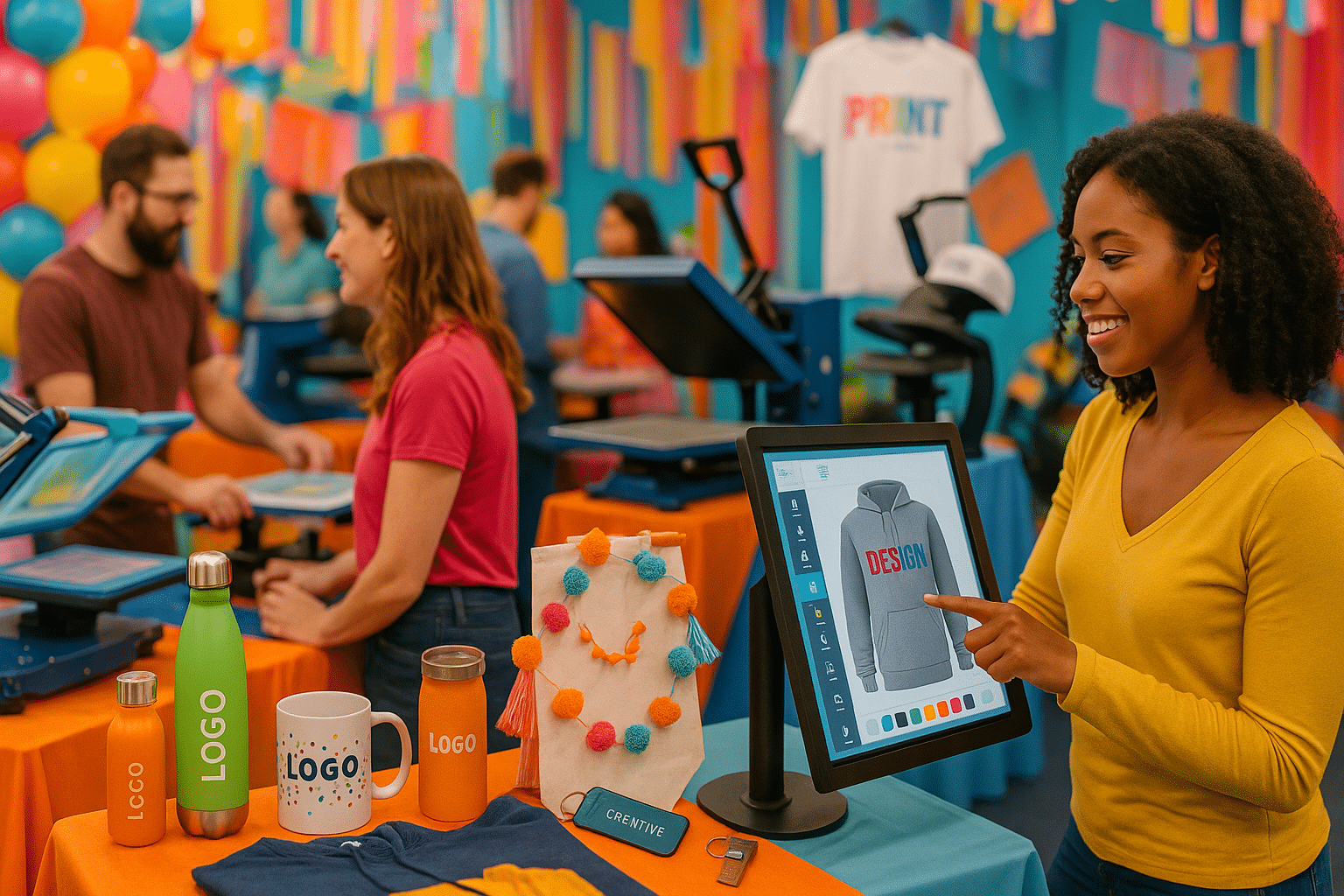Engaging Event Planning Tips for Success
Engaging Event Planning Tips for Success

In the dynamic world of event planning, staying ahead of trends and keeping your audience engaged is crucial. This article explores essential tips for successful event planning, covering interactive trends, DIY inspiration, effective marketing strategies, and insights into event branding, including the use of promotional items like thermal bottles and photo booths.
Understanding Event Planning Essentials
Understanding the fundamentals of event planning is crucial for crafting memorable experiences that align with your brand’s values. Success in this field hinges on several key factors that span budgeting, scheduling, and venue selection.
– **Budgeting:**
– Establish a clear budget from the outset; list all potential expenses, including venue, catering, and additional services like hiring a photo booth.
– Maintain a contingency fund (typically 10-15% of the total budget) for unexpected costs.
– Revisit and adjust the budget regularly to account for any changes or additional requirements.
– **Scheduling:**
– Create a timeline detailing all planning phases, deadlines, and required tasks to ensure nothing is overlooked.
– Consider the event’s date carefully; avoid scheduling conflicts with major holidays or local events that may impact attendance.
– Engage in regular communication with vendors and stakeholders to keep the event on track.
– **Venue Selection:**
– Choose a venue that not only reflects your brand’s identity but also meets logistical needs—consider accessibility, capacity, and amenities.
– Visit multiple venues to understand their offerings better; look for flexibility in services and availability of essential equipment like internet access.
– Think about special features that can enhance the experience, such as space for a photo booth that encourages interaction.
Understanding your target audience is a cornerstone of successful event planning. Tailor the event concept to resonate with attendees:
– Conduct surveys or focus groups to gather insights about preferences and expectations.
– Create engaging event concepts with interactive elements—consider incorporating DIY stations or themed experiences that allow guests to personalize their visit.
Logistical considerations are equally vital; they can often separate an average event from an extraordinary one.
– **Transportation:**
– Plan transportation options for guests, including parking availability, shuttle services, or public transportation routes.
– Consider partnering with local services to offer discounts or transportation packages.
– **Catering:**
– Choose catering options that reflect the preferences and dietary restrictions of your attendees; aesthetics should align with the overall branding.
– Offer fun, interactive dining experiences like food stations or tasting menus that engage guests.
– **Security:**
– Assess the need for security based on the event size and type; hiring professionals can enhance the safety of all attendees.
Integrating these elements strategically will ensure your event not only runs smoothly but also leaves a lasting impression. As you plan, remember that engaging with participants through interactive experiences, such as a customizable photo booth, can significantly amplify brand engagement, creating cherished memories that resonate well beyond the event itself.
Conclusions
In conclusion, effective event planning combines creativity, strategic marketing, and the use of diverse promotional items. By embracing the latest interactive trends and personal touches, you can elevate your events and ensure memorable experiences for attendees. Remember, a well-planned event not only reflects your brand but also engages your audience actively.




